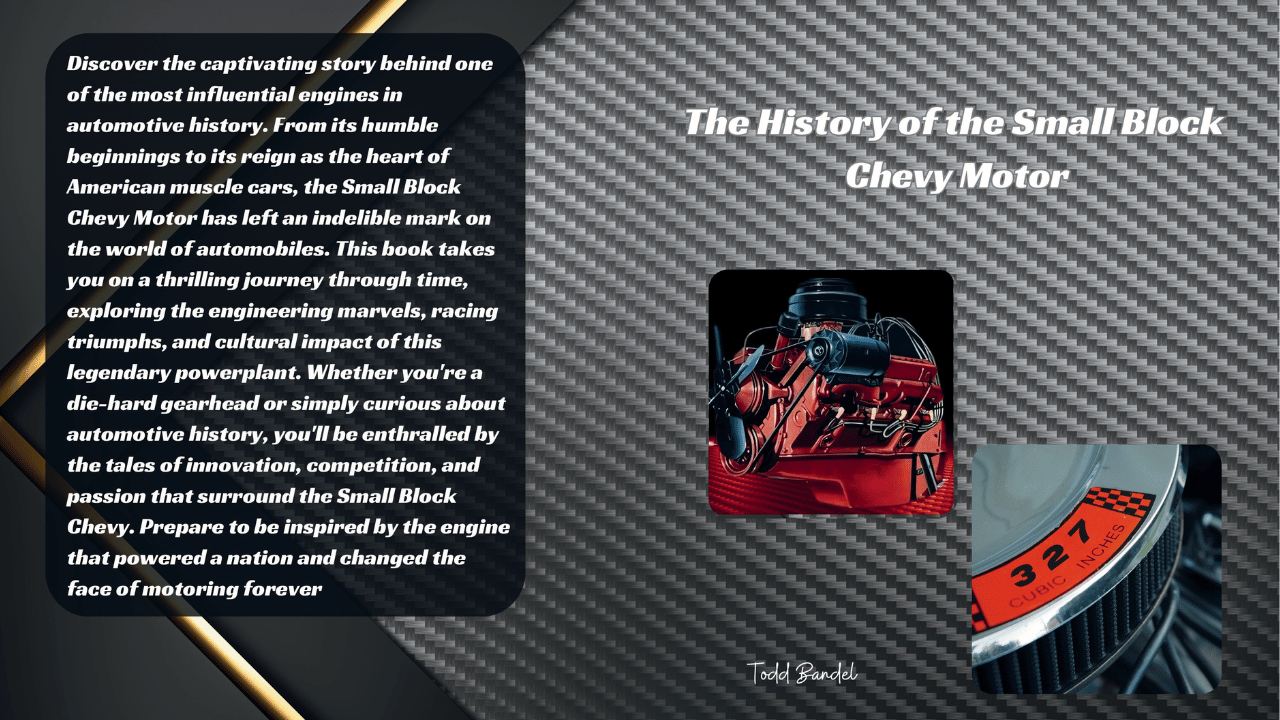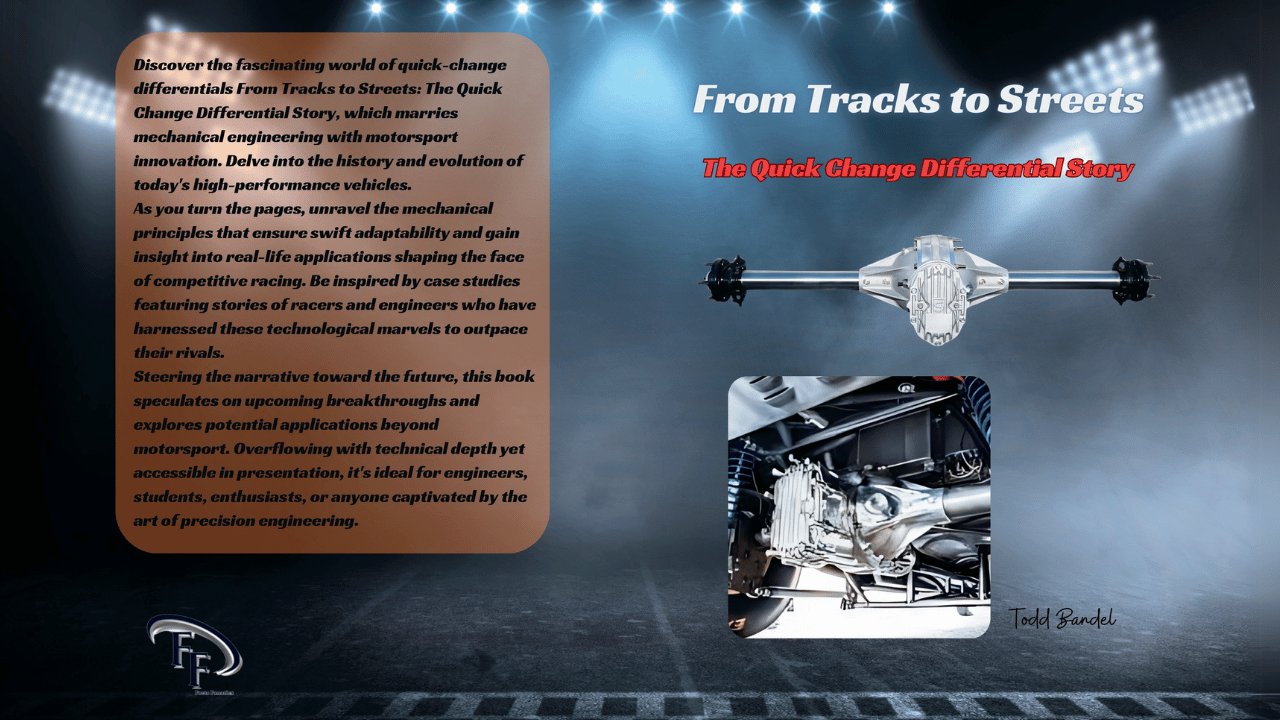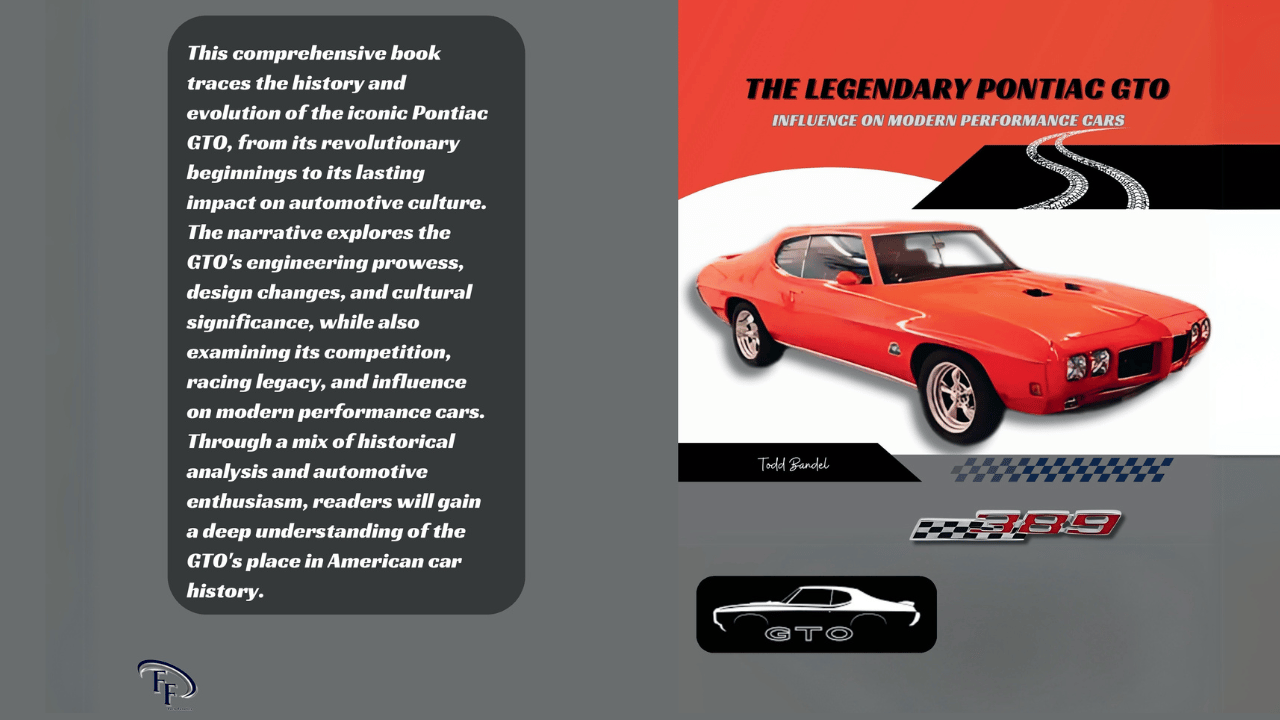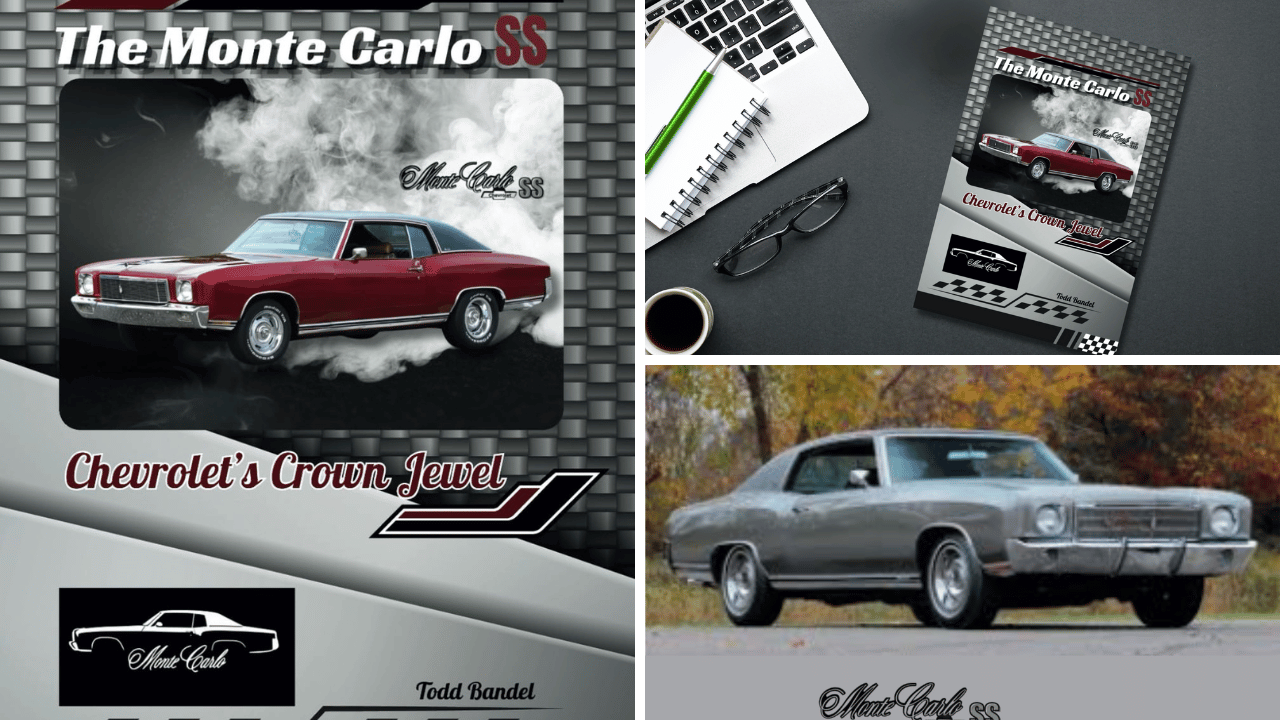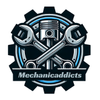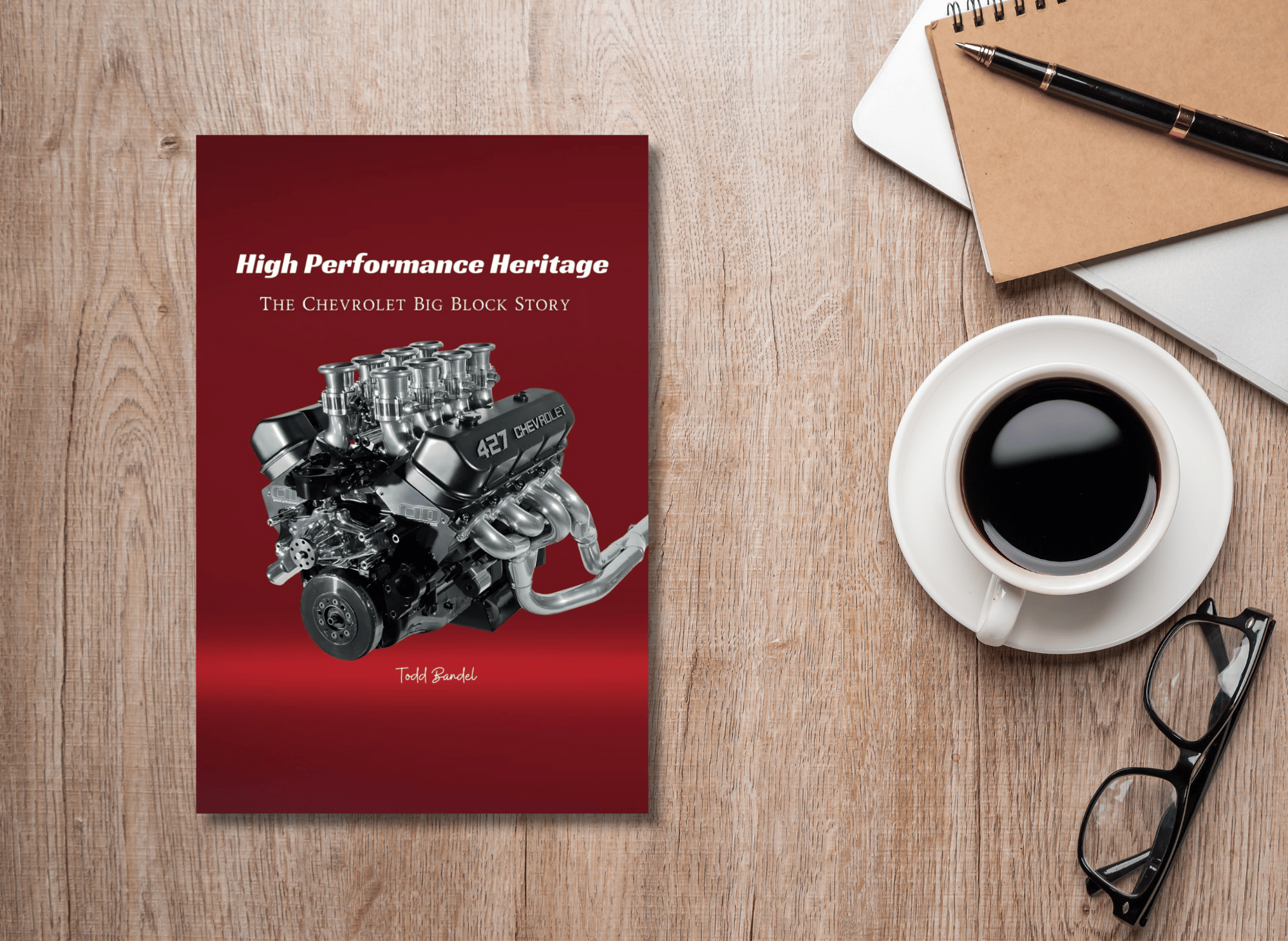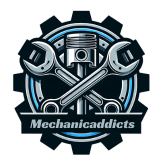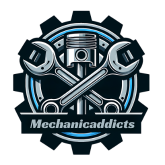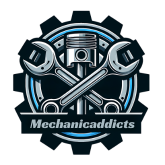The Chevrolet Big Block Engine History And Evolution
Dive into the rich history of Chevrolet's Big Block engines and explore iconic models and their impact on the automotive industry.
Welcome to Mechanicaddicts. As an Amazon Associate, we earn from qualifying purchases (at no cost to you) from links found within these pages if you choose to buy something.
Few names resonate as powerfully in automotive history as Chevrolet's Big Block engine version. Revered for its groundbreaking engineering, immense power, and cultural impact, the Chevrolet Big Block wasn’t just an engine; it was a movement. Born to dominate speedways and main streets, it revolutionized American automotive performance and symbolized muscle and engineering brilliance.
This article dives into the iconic Big Block engine’s evolution, impact, and legacy in that year. We retrace its incredible story from its origins to shaping car culture and motorsports.
Introduction to Big Block Engines
The Chevrolet Big Block engine family has a storied history that dates back to the 1950s, a period marked by rapid advancements in automotive technology. As the demand for more powerful vehicles grew, Chevrolet responded by developing engines that could deliver the necessary performance. The first was the W engine, introduced in 1958, with impressive power ratings. This engine featured a wedge-shaped combustion chamber, allowing it to produce between 250 and 340 horsepower, depending on the configuration.
The W engine was a game-changer, setting the stage for a series of powerful engines defining Chevrolet’s reputation for performance. These engines were not just limited to high-performance cars but were also used in various vehicle types. They were also used in full-size cars, school buses, and motorhomes, showcasing their versatility and reliability. The introduction of the W engine marked the beginning of a long and illustrious line of Big Block engines, each contributing to Chevrolet’s legacy of power and performance. Over the years, these engines have become popular among car enthusiasts and collectors, cementing their place in automotive history.
Early Development and Origins
The Chevrolet Big Block story begins in the 1950s, when the American automotive industry was racing toward innovation. Chevrolet noticed a rising demand for cars with better performance, notably as rival automakers Ford and Chrysler flexed their muscles in the performance car marketplace, which was missing innovative designs.
Enter Zora Arkus-Duntov, known as the “Father of the Corvette,” and Bill Mitchell, one of Chevrolet’s most influential stylists. These figures played a pivotal role in conceptualizing an engine that could meet both market expectations and surpass the competition by the decade's end.
Engineers were deeply involved in the development of the Chevrolet Big Block engine, using code names like 'W' during its design and production phases. Their technical collaboration and decision-making processes were crucial in creating this significant automotive component, which would change the industry.
Chevrolet’s initial goals were clear: develop a performance engine based on greater displacement and more powerful torque. The result? An engine that evolved into a mechanical icon, setting benchmarks across the industry.
First Generation Big Blocks
The 348 and 409 Revolution
The first-generation Big Block debuted in the late 1950s with the introduction of the 348-cubic-inch V8 engine. Known as the “Special Turbo Thrust,” this engine featured a wedge-shaped combustion chamber and hydraulic lifters, setting new standards for precision engineering and performance.
In addition, the 409 engine featured a dual four-barrel carburetor setup that significantly increased its net power output.
Key Features of the 348 Engine:
- Displacement: 348 cubic inches
- Power Output: Up to 350 horsepower in specialized versions
- Applications: Found in everything from the Chevrolet Impala to heavy-duty trucks
The 348 engine also offered a 'Tri-Power' arrangement of three two-barrel carburetors, which enhanced its horsepower compared to other models equipped with single or dual exhaust systems.
The 409-cubic-inch engine followed, immortalized in The Beach Boys’ hit song “409.” With its larger displacement and improved tuning, the 409 gained popularity for its high drag racing and street use performance, especially with its special turbo thrust features.
Compared to its predecessor, the 348, the 409 featured larger dimensions and additional features that improved its overall performance.
Notable Models Powered by the 409:
- Chevrolet Impala Super Sport (SS)
- Chevrolet Bel Air
- Chevrolet Biscayne
These engines firmly established Chevrolet as a leader in the high-performance market.

Second Generation Big Blocks
Chevrolet launched the second generation, often called the “Mark IV” series 1965, addressing both production efficiency and performance demands. This series introduced some of the most iconic engines in the Big Block legacy, including the 396, 427, and the legendary 454, which could also be equipped with tri-power setups.
The 402-cubic-inch big block, a variation of the 396, is called different names depending on its application, illustrating how branding and nomenclature evolved with the design's popularity.
The 396 Engine
The 396-cubic-inch engine set the stage with advanced oil control systems and an improved wedge-shaped combustion chamber. Its performance thrilled enthusiasts across the country. The first iteration of the 396 engine was introduced in 1965, featuring a robust design used in various Chevrolet models during its production years.
Notable Applications:
- Chevrolet Chevelle SS 396
- Corvette Stingray
- Nova SS
Several versions of the 396 engine were produced, each with different specifications and horsepower ratings. The Mark IV design, in particular, had multiple iterations that showcased the evolution of the engine's performance and marketing strategies.
The 427 Engine
The 427 gained fame on the street and track by delivering raw, unrelenting power. Racers praised its durability, and Chevrolet’s motorsport victories cemented its reputation. The 427 engine was also prominently used in full-sized Chevrolets like the Impala, Bel Air, and Biscayne, showcasing its versatility and performance in larger vehicles.
Performance Honors:
- NASCAR dominance
- Featured in the iconic 1969 Camaro ZL1
The Legendary 454
Arguably the most famous Big Block, the 454 engine delivered unparalleled torque, often exceeding 500 lb-ft in stock configurations. Released in the early 1970s at the height of the muscle car era, the 454 remains a sought-after gem among collectors and restorers today. Over the years, significant changes in horsepower ratings occurred due to shifts in reporting standards and design improvements.
Notable Models Equipped With the 454:
- Chevrolet Chevelle SS 454 LS6
- Chevrolet Corvette
The transition from gross to net horsepower reporting significantly impacted the 454's capabilities in various vehicles.
These advancements solidified Chevrolet’s position as a leader in performance engines. However, the 454 engine never returned to its full potential in production vehicles.
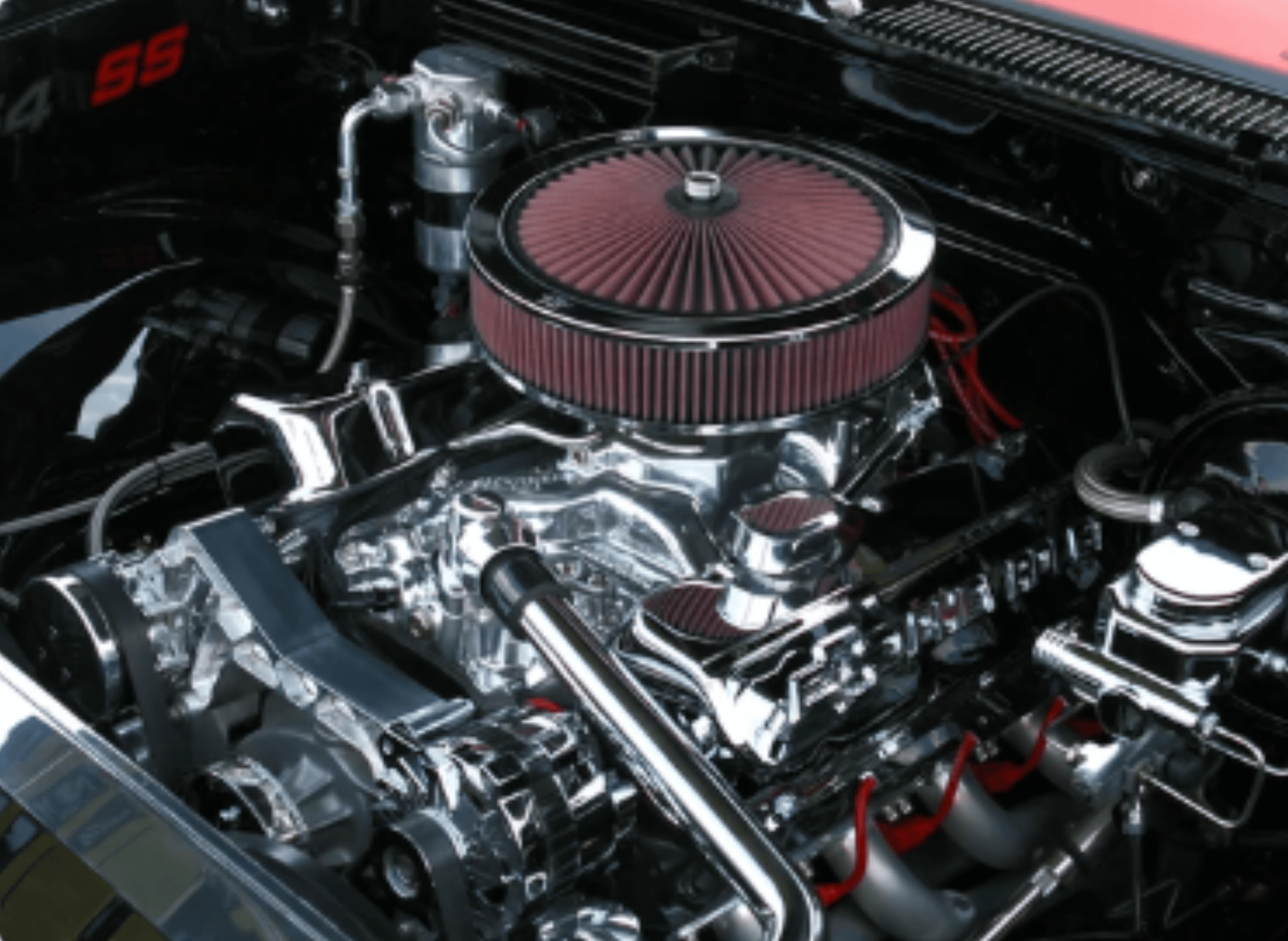
The power rating of the 454 engine varied over the years, reflecting its design evolution and performance specifications.
The LS Series Big Blocks
Chevrolet continually evolved the Big Block concept into the LS series, which integrated lighter materials, advanced fuel injection systems, and unparalleled reliability. While smaller in displacement, the LS series engines, through their innovation, carried the heart of the Big Block spirit. These engines deliver more power at lower rpm, making them an excellent choice for towing heavily loaded trailers.
LS Highlights
- Fuel Injection: Precision fuel delivery for enhanced performance and efficiency
- Lightweight Design: Built with aluminum components for reduced weight
- Applications: The LS powertrain found a home in modern Corvettes, Camaros, and even high-performance trucks
The LS series Big Block isn’t just a nod to history; it’s a forward-looking engine bridging the gap between tradition and modern efficiency.
Performance and Capability
Regarding performance and capability, Chevrolet’s Big Block engines are in a league of their own. Known for their exceptional horsepower ratings and torque, these engines were designed to deliver unparalleled power. For instance, the 396 and 454 Big Block engines were particularly popular in muscle cars and full-size Chevrolets. The 396 engine could produce between 375 and 425 horsepower, while the 454 engine boasted an impressive 390 to 450 horsepower.
One key feature that enhanced the performance of these engines was the use of dual exhaust systems. Dual exhausts allowed for better airflow, increasing power and efficiency. Whether equipped with a single or dual exhaust system, Big Block engines were engineered to provide exceptional performance. This made them popular for various applications, from high-performance muscle cars to heavy-duty trucks. The combination of high horsepower ratings and robust torque made these engines a favorite among car enthusiasts and a staple in high-performance vehicles, with excellent cylinder designs.

Engine Variants and Applications
Over the years, Chevrolet produced various Big Block engine variants tailored to specific applications and performance needs. One notable example is the 409 engine, produced from 1961 to 1965. This engine featured a 4.31-inch diameter cylinder bore and a 3.5-inch crankshaft stroke, allowing it to produce between 360 and 409 horsepower with a square configuration. The 409 engine was a favorite among drag racers and street performance enthusiasts thanks to its impressive power output.
Another significant variant was the 396 engine, produced from 1965 to 1970. With a 4.094-inch diameter cylinder bore and a 3.76-inch crankshaft stroke, this engine could generate between 375 and 425 horsepower. It was commonly found in iconic vehicles like the Chevrolet Chevelle and Corvette, as well as in pickup trucks and motorhomes.
Another notable variant, the 402 engine, was used in medium-duty trucks and school buses, showcasing the versatility of Big Block engines. Meanwhile, the 454 engine found its place in high-performance Corvettes and full-size cars, further cementing its reputation for power and reliability. Each of these engines had unique characteristics that made them suitable for various applications, demonstrating the adaptability and enduring appeal of Chevrolet’s Big Block engine family.
Late-Model Engines and Technology
In recent years, Chevrolet has continued to innovate and refine the Big Block engine, incorporating advanced technology and design features to meet modern performance standards. The 8.1-liter Vortec engine, for example, stands as a testament to this ongoing development. As the last Big Block engine in Chevrolet’s lineup, the Vortec produced an impressive 340 horsepower and 455 lb-ft of torque.
This engine featured free-flowing cylinder heads and optimized intake and exhaust manifold ports, contributing to its efficiency and power. Incorporating hydraulic lifters and turbo thrust technology further enhanced its performance capabilities. These advancements made the 8.1-liter Vortec an ideal choice for heavy-duty applications, from trucks to industrial machinery.
The evolution of Big Block engines into the late-model era demonstrates Chevrolet’s commitment to maintaining the legacy of these powerful engines while adapting to modern technological advancements. The result is a series of engines that honor their heritage and meet the demands of contemporary performance and efficiency standards.
Racing Heritage and Motorsports Influence
The Chevrolet Big Block flourished in motorsports, dominating NASCAR, NHRA (drag racing), and other major racing series. Enthusiasts and racers alike embraced its unparalleled combination of power and durability.
Notable Motorsports Feats
- NASCAR Success: Big Block engines powered racers like the Chevrolet Monte Carlo to victory on the oval tracks.
- NHRA Drag Racing Dominance: Cars equipped with the legendary 427 and 454 engines showed their mettle on the dragstrip, setting records and thrilling fans.
Racing was not only a testing ground but also fueled aftermarket innovation. High-performance parts for Big Block engines became widely available, ensuring their lasting relevance among automotive enthusiasts.
Impact on the Automotive Industry
The Chevrolet Big Block engine family has left an indelible mark on the automotive industry. Its powerful and efficient designs have influenced modern engine development, setting performance and reliability benchmarks. The use of Big Block engines in muscle cars and full-size Chevrolets helped establish Chevrolet as a leader in the automotive world, a reputation that endures today.
The popularity of Big Block engines among car enthusiasts and collectors is a testament to their lasting appeal. Over the years, numerous variations and iterations of these engines have been produced, each with unique characteristics and applications. The Big Block family has continually evolved from the early W engines to the advanced 8.1-liter Vortec, adapting to new technologies and performance requirements.
The legacy of the Big Block engine is evident in its continued influence on modern engine development. Its impact can be seen in the design and performance of contemporary engines, which strive to match the power and efficiency that the Big Block engines exemplified. As a result, the Big Block engine remains an integral part of automotive history, its influence still felt in the industry today.
Cultural Impact and Legacy
Muscle Car Stardom
The Chevrolet Big Block symbolized freedom and power in the muscle car era. It turned everyday cars like the Chevelle and Camaro into dream machines that roared down the highways and racetracks.
Specific models featuring unique attributes such as larger cylinder sizes, higher compression ratios, and advanced carburetor setups stood out, further cementing their place in automotive history.
Restorers’ and Collectors’ Gem
Today, Big Block-powered vehicles remain among the most sought-after collector’s items. Whether it’s restoring a Chevrolet Chevelle SS 454 or showcasing a Corvette, these engines carry immense value and heritage.
Chevrolet offered various engine variants and features as an option for different vehicles, such as the 454 big block and the 348 big block, each providing unique performance outputs.
Influence on Automotive Culture
The Big Block didn’t just power cars; it powered imaginations. It inspired automotive clubs, music, and a generation of enthusiasts who couldn’t get enough of its raw power and engineering ingenuity.
Some evidence indicates that the horsepower measurements for the Chevelle and Corvette models may not have been accurately represented, hinting at the possible marketing tactics that Chevrolet used to differentiate the two vehicles.
For a deeper exploration of the Big Block’s profound legacy, Todd Bandel’s High-Performance Heritage is an exceptional read (available on Amazon) that explores the Big Block's profound legacy in greater depth
A Legacy of Engineering Excellence
The Chevrolet Big Block isn’t just an engine but a legacy that continues to inspire and captivate. From its humble beginnings with the 348 to its modern-day incarnations in racing and performance vehicles, the Big Block remains an enduring symbol of American innovation and power.
In Chevrolet's first production big-block engine, the cylinder head deck was milled off square to the camshaft centerline, significantly improving the combustion chamber design and overall engine performance.
As automakers look toward the future, the lessons from the Big Block era provide a powerful reminder of the limitless possibilities when engineering, ambition, and passion collide.
Curious to learn more about this high-performance icon’s story? Don’t forget to explore Todd Bandel’s High-Performance Heritage for a deep dive into one of the most excellent chapters in automotive history.
Thank you for reading!
Your friend,
Todd
#Chevrolet #BigBlock #EnginePower #AmericanMuscle #ChevyLife #Horsepower #ClassicMotors #V8Performance #EngineDesign #CarCulture
🚗🔧💨🏁⚙️🔥💪🛠️🏎️🇺🇸
